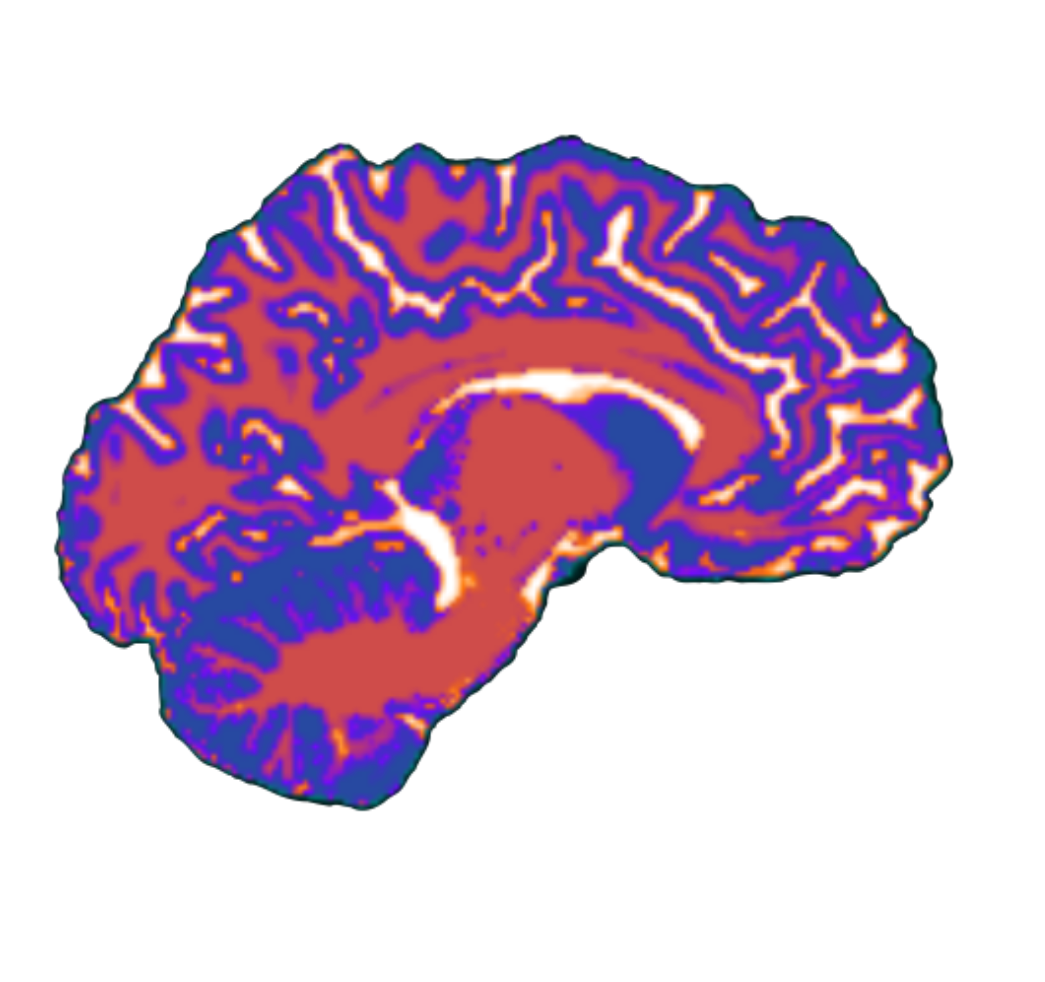Cerebellar development and complex brain disorders
Many of these observations come from the following paper: Sathyanesan et al. 2019
- The concept of the “cerebellar connectome” has emerged from recent clinical and preclinical findings.
- This concept can be used as a framework to link the role of the cerebellar development to human behavior and disease states.
- The idea that complex developmental brain disorders (with both motor and non-motor deficits) are linked to dysfunctional cerebellar development is a much more recent proposal.
- Cumulative evidence implicates cerebellar development as an important process regulating the onset of a broad range of behaviors (example clinical case studies of children who have cerebellar malformations/cerebellar tumor resection who exhibit non-motor deficits)
- The co-occurence of early behavioral deficits in most neurodevelopmental disorders spanning motor, cognitive, sensory, and emotional domains indicates that cerebellar development is a major determining factor for disease (this is due to protracted cerebellar trajectory).
- Developing cerebellum is vulnerable to dysfunction due to genetic and epigenetic factors, a toxic in utero environment, focal or global neonatal injury.
- The complexity of risk factors acting over the course of development results in a broad range of cellular, morphological and circuit abnormalities.
- Whereas much of neocortical neurogenesis occurs prenatally, cerebellar neurogenesis continues until the 11th postnatal month, with 85% of GCs being generated after birth.
- In terms of spatial considerations, the cerebellum quadruples in size between the 24th and 38th gestational weeks and its cortical surface increases 30 times.
